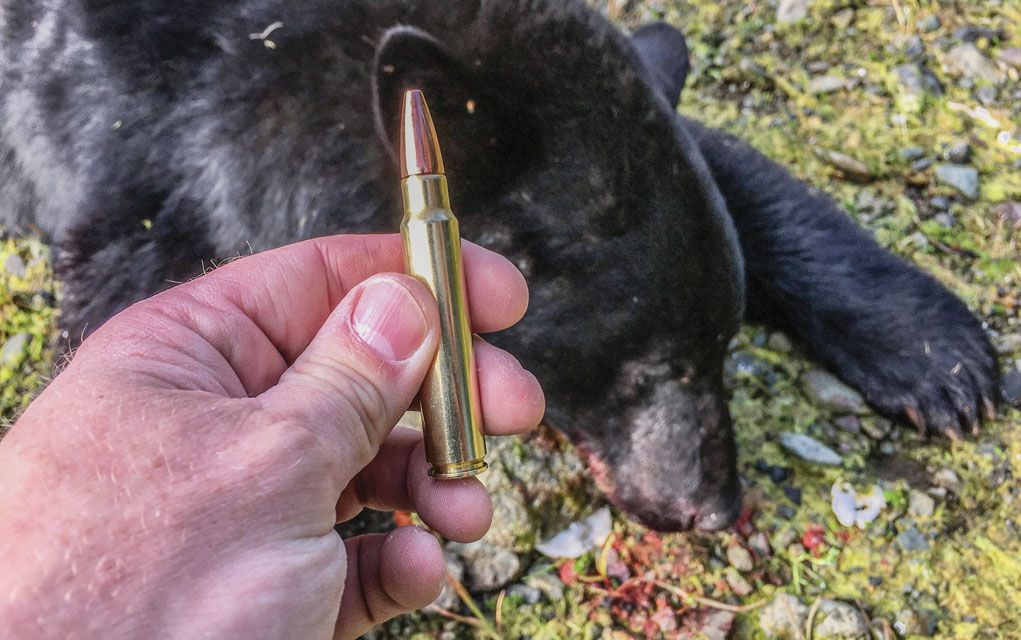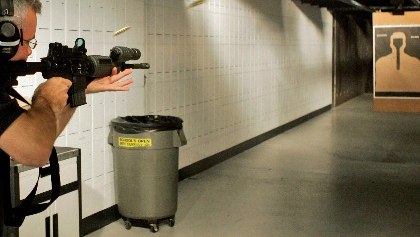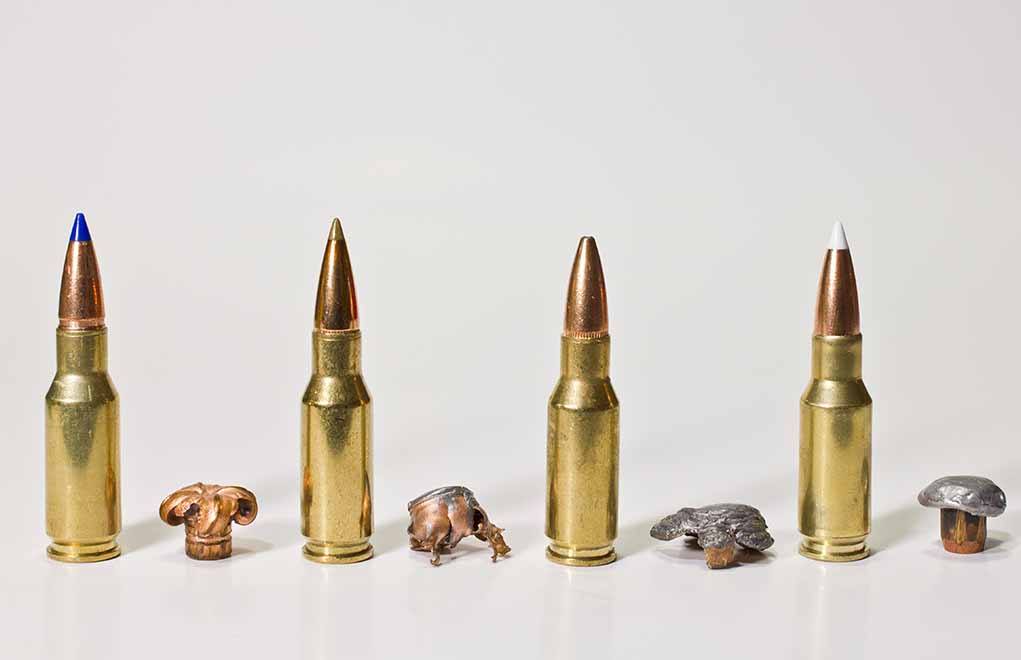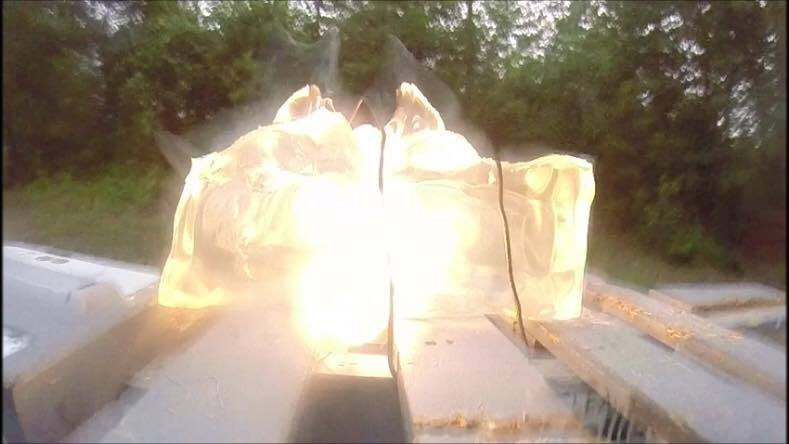I don't know anything about rifles other than what I learned in the Army, effective range, zeroing etc. So it's hard for me to understand some basic things. Does anyone have some links or book recommendations so I can learn. One of the things I don't understand is bullet choice.
What process does someone walk through to choose a round for hunting? Where can I read about that besides these seemingly anecdotal articles on the web.
Perhaps someone could walk me through that process for instance with the .277 furry the new army version with the dual metal case. Like I understand oh look more powder, look at the muzzle velocity in a short barrel, look at it's unique arc and drop. But how does one use that information for any round to consider how it actually does killing something? Bullet grain etc?
How would someone evaluate 6.5 cm vs 300 win mag for elk or moose? Or buffalo?
Thanks in advance for any reading you would suggest or advice you might want to type.
In the army they just give you gear and you use it... I don't know anything about why those choices get made.
What process does someone walk through to choose a round for hunting? Where can I read about that besides these seemingly anecdotal articles on the web.
Perhaps someone could walk me through that process for instance with the .277 furry the new army version with the dual metal case. Like I understand oh look more powder, look at the muzzle velocity in a short barrel, look at it's unique arc and drop. But how does one use that information for any round to consider how it actually does killing something? Bullet grain etc?
How would someone evaluate 6.5 cm vs 300 win mag for elk or moose? Or buffalo?
Thanks in advance for any reading you would suggest or advice you might want to type.
In the army they just give you gear and you use it... I don't know anything about why those choices get made.















